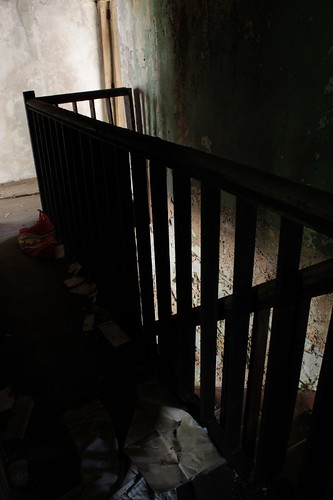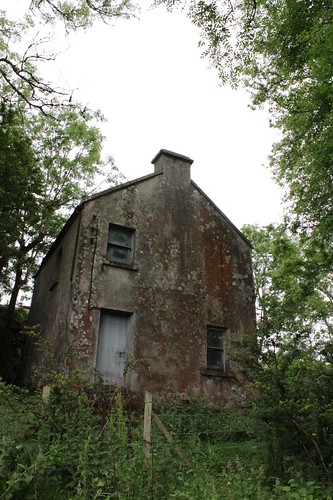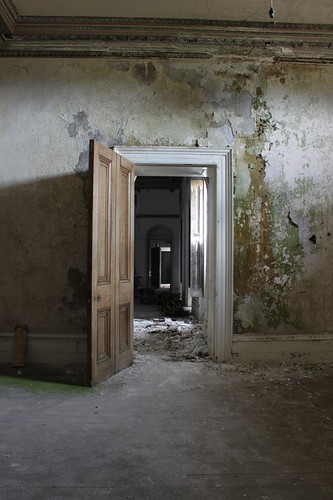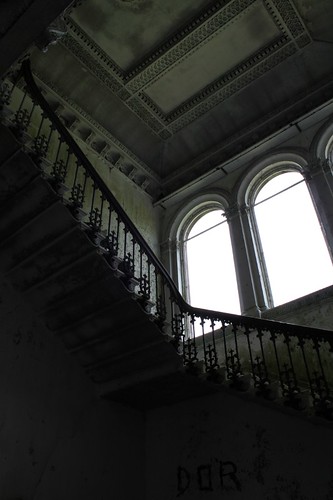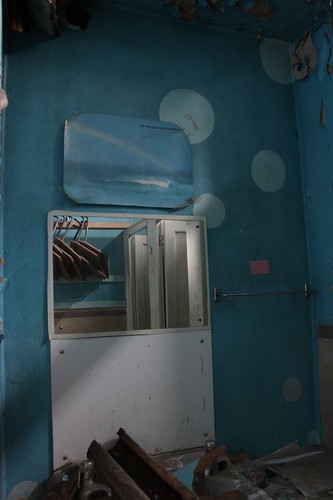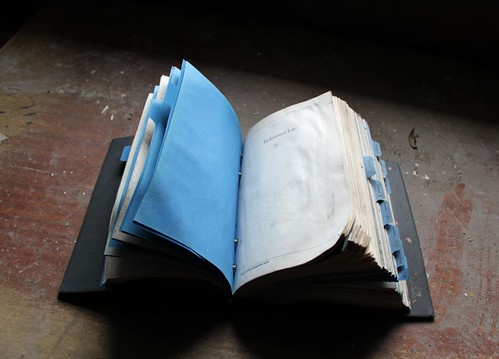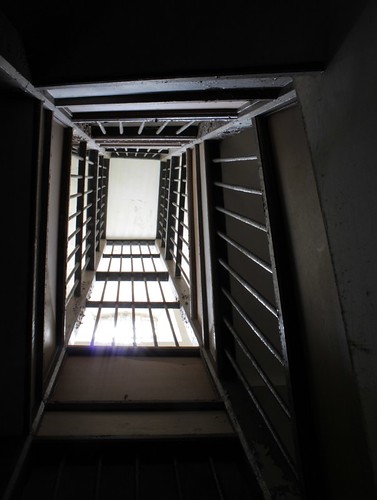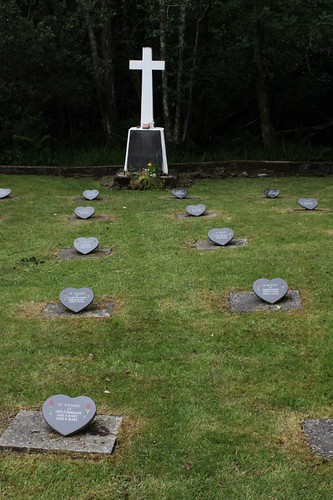*********************************************
Instructions
Hello fellow MADA 1st year students !
For optimal results, please watch the visual presentation on you tube before reading the written evaluation. (You just have to read this post linearly from beginning to end.)
Thank you !
*********************************************
Visual presentation
I am of course interested in your thoughtful feedback as an artist/academic with cultural references, but also in your instinctive reactions as an individual. This is why I am asking you to watch the visual presentation before reading the evaluation of my project. I want to recreate the conditions in which a random passerby may see an artwork on the internet or in a gallery window, without knowing anything about it, without having even looked at the title yet. This person may not know anything about contemporary art. They may be walking down the street and notice a picture, or have randomly found a video on youtube. What will this person see in the art work? Will the image grab their attention? Will the image awaken feelings/moods/questions in them, despite the absence of cultural context? Making artworks that are able to establish direct communication with the viewer, without the need for explanations or comments is a big concern in my practice. This experiment is designed to find out in which measure I have succeeded or failed so far.
In the visual presentation, you will be shown excerpts from 2 videos, stripped of title, music and context. These videos are made from edited footage, but have no special effects yet. I would like you to watch these videos candidly, without a priori. For the 6 minutes of the presentation, please try and forget (temporarily) about the academic context and watch them not as coursework, but as your Friday night movie or a museum on holidays. This is the closest way I could artificially recreate the situation described above. Please focus on your subjective experience as a viewer. Do the images grab your attention or fail to do so ? Do they create any feelings/moods/reflexions in you? If so which? Do the 2 videos have different, identical or similar feelings to you ? Please tell me anything that crosses your mind.
Watch the visual presentation on youtube
*********************************************
Please do not read anything below until you have watched the visual presentation and followed the instructions !
Thank you !
*********************************************
500 word auto-evaluation
Evaluation
My project is about the relationships between places and individuals, observed through 2 main viewpoints:
1) how the physical world is subjectively perceived by individuals, and intersects with their inner world.
2) how space influence individuals’ psyches. This may take a more political aspect by exploring themes of imprisonment and deprivation of private space.
In the theoretical research, I got mainly interested in:
1) Documentary-type (i.e. not staged) photography, both through its link to Surrealism and in its contemporary form. Surrealist documentary aims to physically reveal “surreality”, the higher perception where dream and reality merge. In contemporary practice, the concept of subjective documentary, that says more about the person that makes it than about the documented subject itself.
2) The concept of “chronotope”: the way space is intrinsically linked to time in the context of memory.
3) Manipulating the viewer’s perceptions/feelings using moving image techniques.
4) How much the meaning/impact of an artwork comes from the raw images themselves, and how much comes from the critical comment accompanying them.
In practice, I have mainly edited raw footage shot in abandoned buildings last summer (in prevision of the MA), aiming to use editing techniques in order to create specific atmospheres that would trigger specific feelings.
Work plan
Issue 1: I come from photography. I have lots of references in cinema but know little about video art. In photography, striking symbolic images stand by themselves. In cinema, such atmospheric images come in between bits of informative narrative. I am still unsure about video art as a language: is it a succession of symbolic sequences deprived of narrative ? Or am I missing something ? Do I want to make pure visual video art or do I want to tell stories (even ambiguous ones) but do not know yet how to do it ? Do moving images without narrative get boring for the audience ?
Issue 2: So far I have only used unstaged/documentary type footage. I planned to incorporate staged images, mostly in order to depict dreams. How do I make the staged images ? I am concerned about them looking kitsch (due to lack of budget), too litteral or too didactic (textbook symbolism).
Issue 3: How can I use new digital technologies (rather than pure traditional still/moving image) to serve my purpose, not just for the sake of being modern ? The main idea is to make immersive installations that make the world of the moving images more real to the viewer than traditional projection on a screen. I have not studied the practical/technical feasibility of installations at all yet.
Issue 4: Can I use the still photographs in an innovative way ?
Other practical tasks:
1) start using special effects on the video software
2) shall I try making my own soundtracks or continue using work from a proper musician ?
Further theoretical research:
1) the mechanism of memory
2) dream symbolism
********************************************
Constructive comments
After reading this project evaluation, please submit your comments as a student/artist/academic as well as your comments as an individual viewer (as requested in the visual presentation). If your experience on these 2 different levels differs sensibly, please make sure to state clearly on which level you are commenting, since I won’t be able to request clarification of ambiguities while you are commenting on my work. Thank you for your help and cooperation!
For your information, the titles and commercial/critical blurbs usually accompanying the 2 videos were:
Video 1: Disciplinary Institutions
In “Disciplinary Institutions”, I explore places used to make undesirable and/or helpless people disappear discretely such as Magdalene convents (used to imprison women), mental asylums and workhouses. I am interested in showing how the long gone inmates keep imprinting these places long after they are dead, and the malevolent aura still cast by those buildings.
Video 2: Ghost House
The Ghost House series was shot at several abandoned houses in Ireland, whose last occupants probably left 10 to 30 years ago. Traces of their lives and aspirations, and of the disillusions and hardships
that made them leave their homeland, remained in the form of scattered personal belongings.
Do those blurbs influence your perception of the images ?
If so, do they:
– help you get interested in the artwork (while the images alone left you cold) ?
– change your perception of the images ?
– confirm your intuitive perception of the images ?
